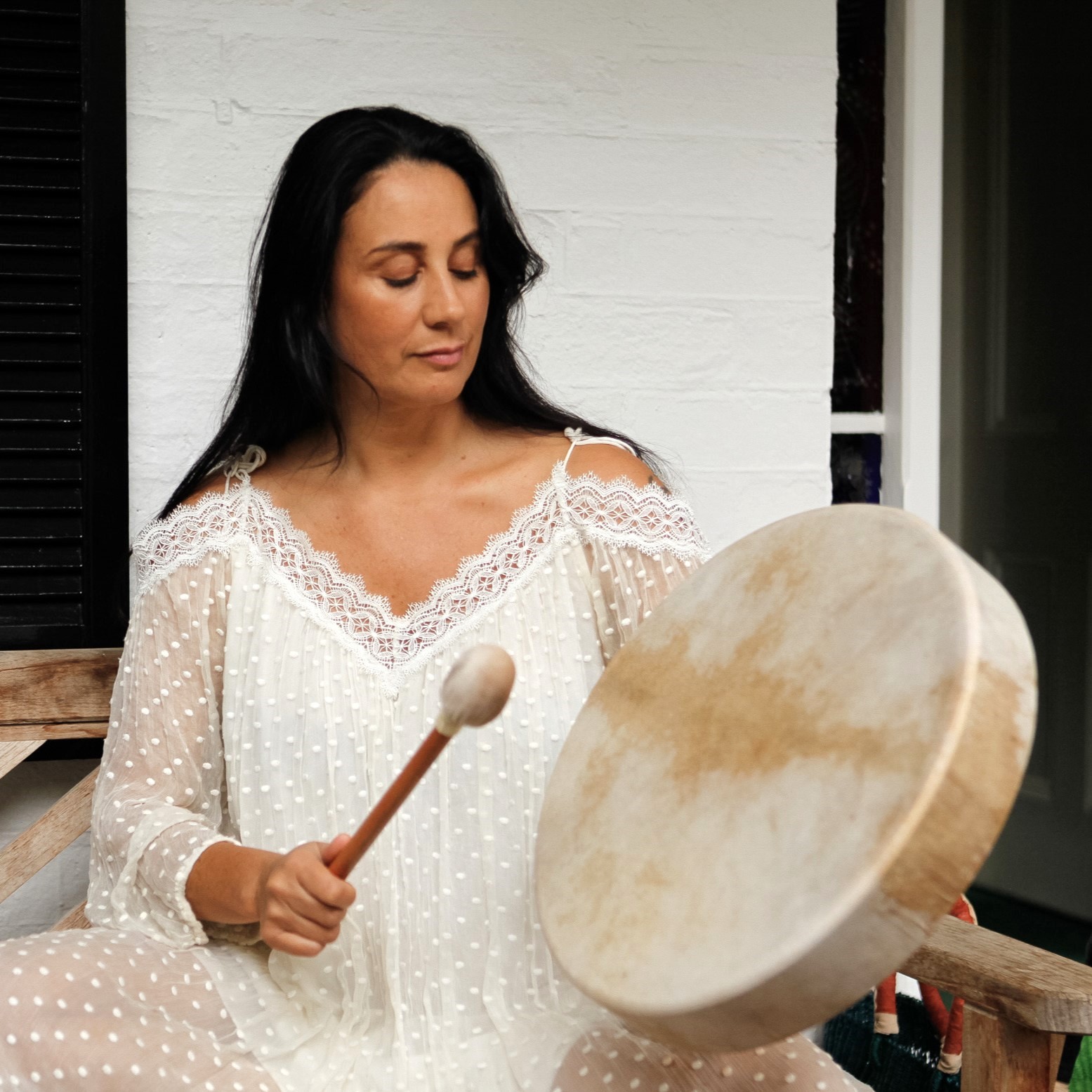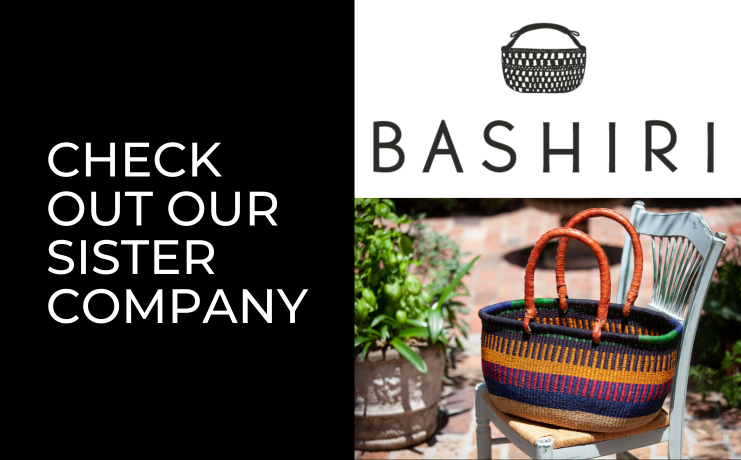How to choose a handpan
Every handpan is as distinctive as the person playing it. Each musician has their own notion of what constitutes the perfect handpan. This guide is intended to assist you in selecting the ideal handpan for your needs:
Tuning
Tuning is likely the most crucial factor when choosing a handpan. Determining whether a handpan is perfectly in tune to the cent can be challenging, but the primary concern is how it sounds to you.
Scale: Consider whether you want an instrument that harmonizes easily with others. For instance, a natural minor scale with few sharps is a common choice.
Playing with Guitar: A handpan tuned to E complements guitar well. For more flexible performance settings, consider complex tunings like Akebono.
Harmonics: If you have a background in music theory, check if the harmonics are well-tuned. A note consists of:
The Fundamental: The main note played (e.g., C).
The Octave: The C one octave above.
The Fifth: The G above the octave.
When the fundamental, octave, and fifth are in harmony, the note sounds stable and clear.
Timbre
Timbre, pronounced TAM-ber, refers to the sound quality or color. It’s like comparing a piano and a guitar playing the same note; they sound different because of their unique timbres. This quality is subjective and depends on personal preference. Some handpans have a dark, gloomy sound, while others are bright and clear. You might prefer the metallic ding or a warmer tone.
Balance
Balance pertains to how the timbres of each note work together. Ideally, each note should have consistent volume and projection. However, slight imbalances where certain notes stand out can add character to the handpan.
Sustain
A good handpan generally has significant sustain, meaning a note will resonate for a long time before fading. While many players enjoy long sustain, some prefer a quicker decay to avoid overlapping notes. This choice depends on your playing style; dynamic and percussive players might opt for less sustain, while those who play meditatively might prefer more.
Crosstalk
Crosstalk occurs when playing one note causes other notes to resonate. Ideally, a good handpan has minimal crosstalk, but some sympathetic resonance can be pleasant. For example, playing a low C that activates a G (a perfect fifth) creates a harmonious chord. Some crosstalk is unavoidable and may be desirable depending on your preferences.
Dynamic Range
The dynamic range is the difference between how softly or loudly you can play a note while it still sounds clear. Handpans have a threshold where notes played too hard become distorted. A high-quality handpan allows for soft playing with clear notes and harder playing without distortion.
By considering these aspects—tuning, timbre, balance, sustain, crosstalk, and dynamic range—you can find a handpan that suits your style and preferences.



